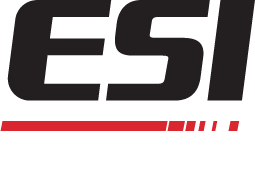Flexible Packing Changes
Flexible Packing Changes
Over the past 15 years, the world of flexible packaging has seen a lot of changes. New environmental and safety regulations have forced packages to alter their shape, chemical composition and even how they open and close. But that has not slowed down the growth of the industry.
“When you look at flexible packaging, it is the most economical way to package, preserve and distribute consumable, drug and other products that require extended shelf life,” said Peter Schottland, the CEO of American Packaging Corporation.
No matter the industry, from pet food to plastics, the demand for flexible packaging continues to grow. “Regardless of worldwide economic and political situations, people still need to eat and drink,” said Fredy Steng of Berry Plastics.
Yes, people will always need basic functions, but from a production standpoint, it’s what helps those people decide what products to choose for their food and drink that makes all the difference. Flexible packaging needs to be durable, clean and have the strength to last. That’s where electron beam (EB) printing enters the flexible packaging landscape, changing what can be expected of the final print product.
Because electron beam cures inks, adhesives and coatings in a safe and affordable way, packaging companies are starting to reap the benefits. There is less dot gain with EB ink, a Gravure-like final product, less upfront capital costs and EB is always safe for food.
As flexible packaging continues to change and evolve, ebeam technology will be right there to help lead the way.
Source: Wolford, Erin. “A Look Back, and Ahead: the Flexible Packaging Landscape.” Flexible Packaging Magazine.
